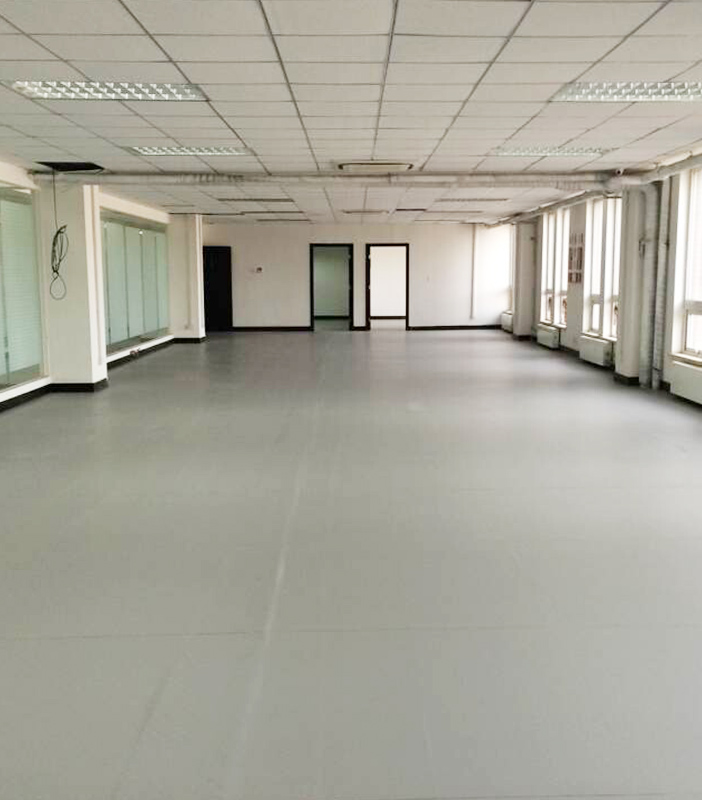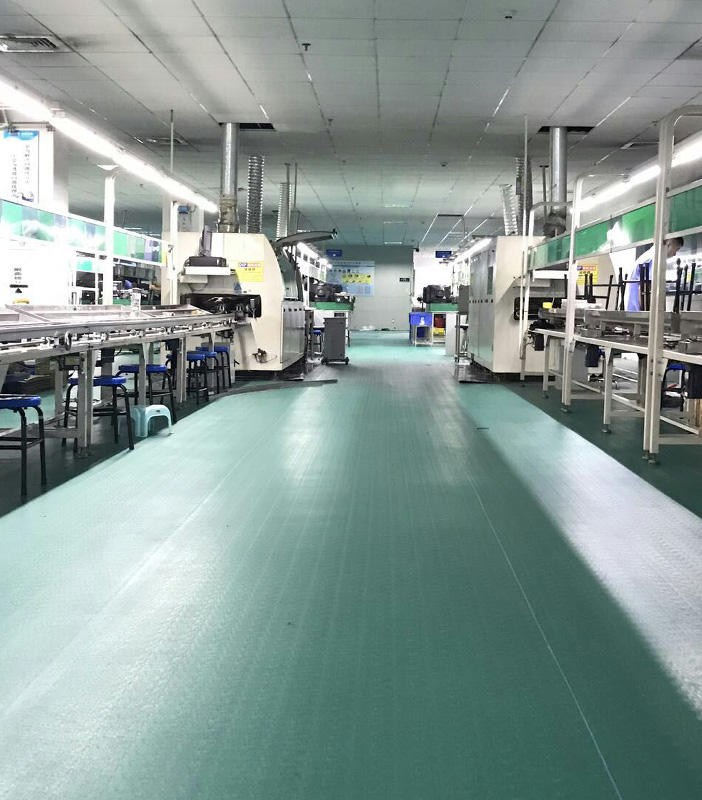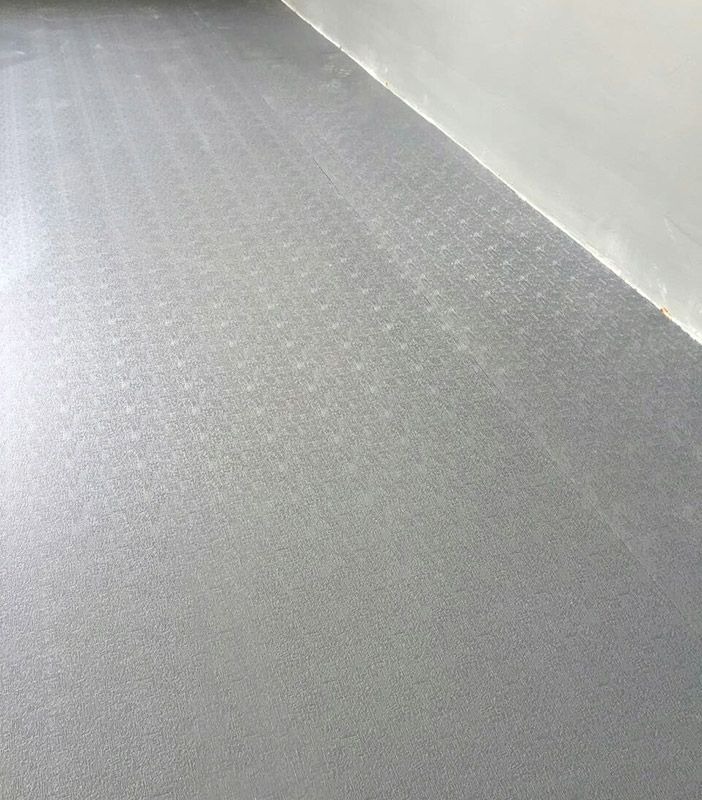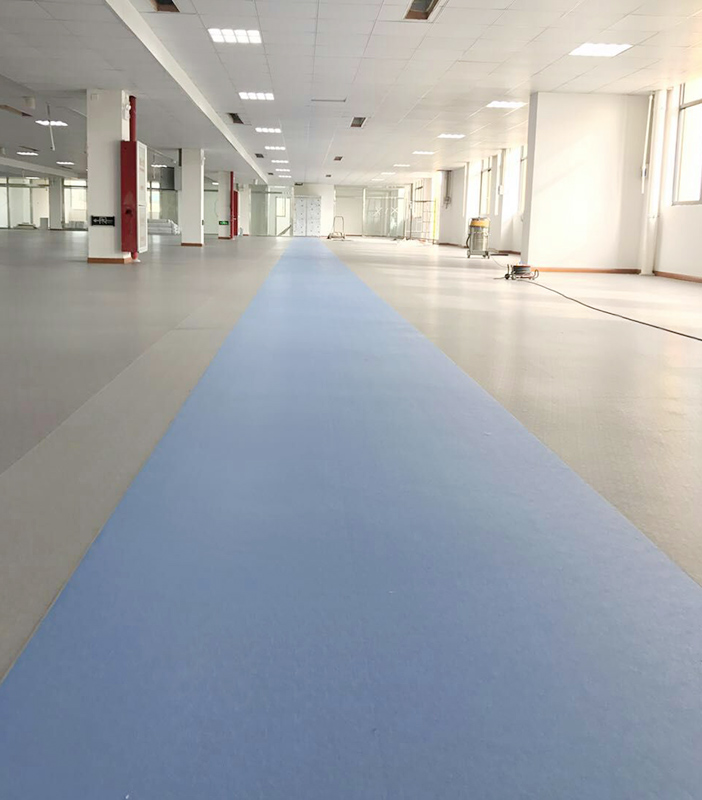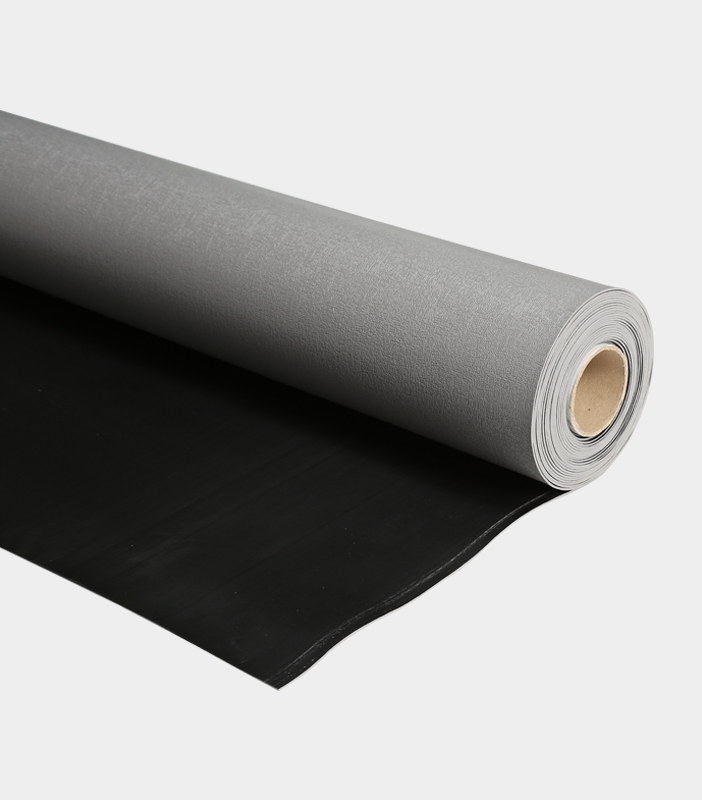ESD Foam Mat Wholesaler Exporter Producer
ESD (Electrostatic Discharge) foam mats play a crucial role in modern workplaces, particularly in environments where sensitive electronic components are handled. These specialized mats are designed to dissipate static electricity, thereby preventing damage to electronic devices and ensuring a safe working environment.
ESD foam mats are engineered to control static electricity, which can cause damage to electronic components. They provide a dissipative surface that safely channels static charges away from sensitive equipment and personnel. These mats are essential in industries such as electronics manufacturing, assembly, testing, laboratories, and cleanroom environments where electrostatic discharge poses a risk to product integrity and operational safety.
ESD foam mats find applications in a wide range of industries and settings where electrostatic discharge protection is critical. In electronics manufacturing facilities, these mats are used on workbenches and assembly lines to provide a static-safe workspace for handling circuit boards, semiconductors, and other sensitive components. They are also employed in laboratories and cleanrooms to prevent static electricity from damaging delicate instruments and maintain cleanroom standards.
The manufacturing of ESD foam mats involves specialized materials and processes to achieve desired electrostatic properties and durability. Typically, these mats are made from closed-cell polyethylene foam or PVC (Polyvinyl Chloride) foam infused with conductive additives or carbon fibers. These materials impart static dissipative properties while ensuring flexibility, resilience, and chemical resistance suitable for industrial environments.
The production process begins with blending raw materials to achieve the desired foam density and conductivity levels. The foam is then extruded or molded into sheets of various thicknesses and sizes. Surface treatments may include adding a textured or smooth finish to enhance grip and ease of cleaning. Quality control measures ensure that each mat meets stringent standards for electrostatic discharge protection and durability.
ESD foam mats offer several benefits to workplaces where static electricity control is essential:
Protective Shield: They create a protective barrier against electrostatic discharge, safeguarding sensitive electronic components from damage.
Enhanced Safety: By dissipating static charges, ESD mats reduce the risk of electrical shocks to personnel, promoting a safer working environment.
Surface Compatibility: The mats provide a stable and non-slip surface for workstations, facilitating efficient handling and assembly of electronic devices and components.
Cleanroom Compliance: In cleanroom environments, ESD foam mats help maintain cleanliness standards by preventing static buildup that attracts dust and particles.
Longevity and Durability: Designed for heavy-duty use, ESD mats are resistant to wear, chemicals, and abrasion, ensuring long-term performance and cost-effectiveness.
As technology advances and industries evolve, the demand for more advanced ESD solutions is expected to grow. Future trends in ESD foam mats may include:
Integration of Smart Materials: Development of mats with embedded sensors for real-time monitoring of electrostatic levels and performance.
Environmental Sustainability: Adoption of eco-friendly materials and manufacturing processes to small environmental impact and promote sustainability.
Enhanced Ergonomics: Innovations in mat design to improve ergonomics, comfort, and usability in diverse workplace settings.
Customization and Versatility: Increasing demand for customizable mats tailored to specific industry requirements, including size, color, and conductivity levels.
ESD foam mats are indispensable tools for controlling electrostatic discharge and ensuring workplace safety in industries where sensitive electronics are handled. Their role in preventing damage to electronic components, enhancing operational efficiency, and maintaining cleanroom standards underscores their importance in modern manufacturing and technological environments.

 简体中文
简体中文 English
English España
España Deutsch
Deutsch